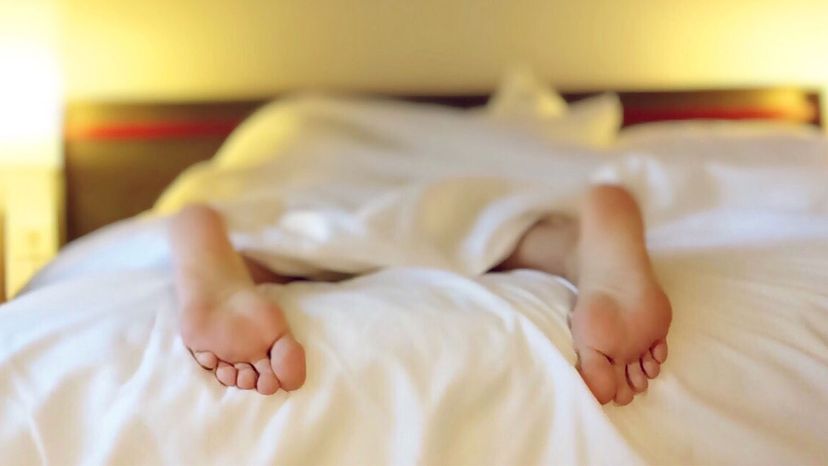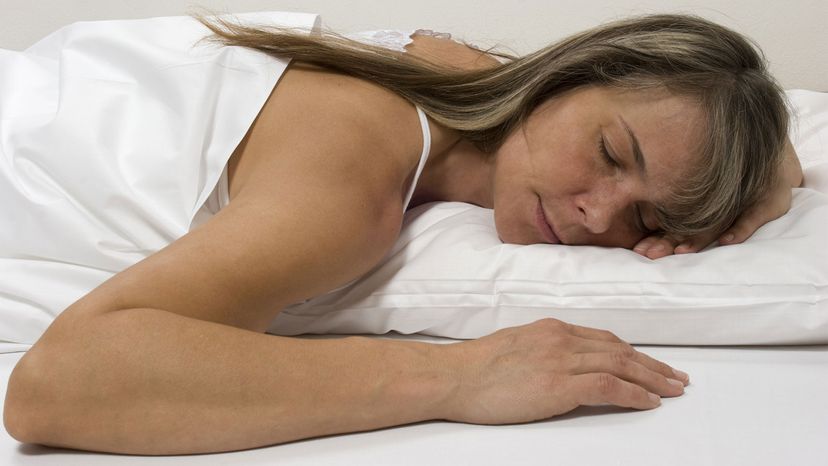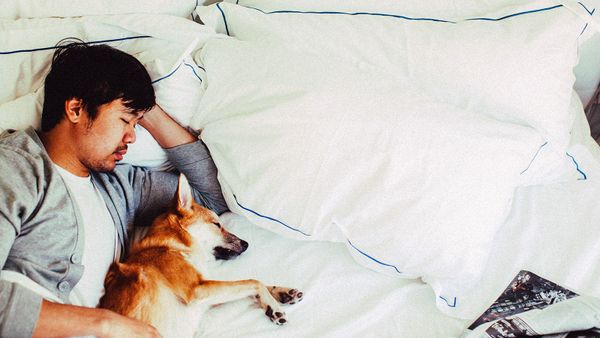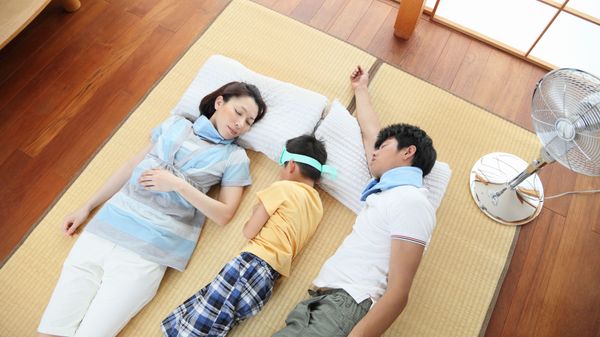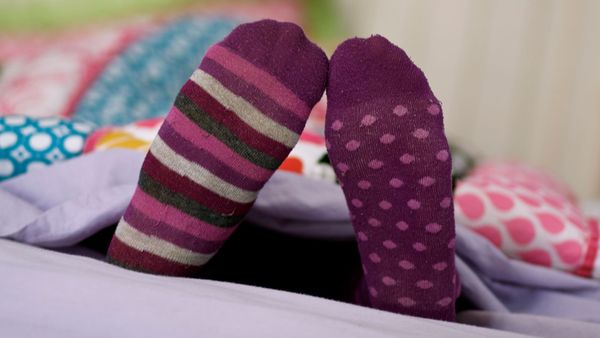The best sleeping position is the one in which you sleep deeply and soundly. However, a "one size fits all" approach doesn't work in determining the best position for sleep.
"There are a few positions that are generally considered better for your health than others," says Robert Pagano, co-founder of Sleepline, a sleep product review site.
Sleeping on your back with your arms placed alongside your torso is one of the better options, he says.
"The best position for sleeping is, by far, sleeping on your back," agrees Derek Hales, founder and editor-in-chief of NapLab.com, which uses quantitative measurements, original research and expert analysis to test mattresses. "By sleeping on your back your spine can more easily stay in correct alignment. Many aches and pains caused by sleeping result from your spine being out of alignment due to a less-than-ideal sleeping position, which creates pressure points around the body — the lower back, shoulders and neck especially."
Hales recommends an adjustable bed foundation that raises the head and foot of the mattress, reducing pressure on the spine, lower back and neck. For some, an adjustable bed foundation will make it easier to become a back sleeper.
"[Sleeping on your back] is a position that allows your head, neck and spine to rest in a neutral alignment and minimizes the chances of experiencing pain in those areas," Pagano agrees.
